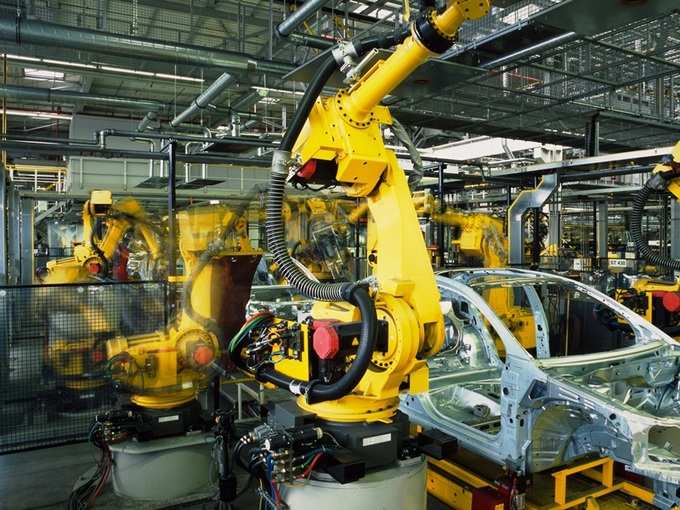
The auto industry, including passenger cars and multi-utility vehicles, has been a leading indicator of the Indian economy growth. Barring a blip during the slowdown period starting 2008-end when giants like Lehman Brothers went belly up; it has been growing at more than 16% (more than double the expected growth of the economy) year-on-year (YoY) for the past several years. On one hand, leading car makers are either scaling up their manufacturing plants in India or trying to set up new plants—including Ford, Volkswagen and Peugeot—and on the other hand, states like Gujarat, Maharashtra and Tamil Nadu are vying with one another to emerge as the top car-manufacturing facilitator, offering enhanced infrastructural amenities. All this clearly suggests that the auto
Finance penetration—which is cars sold against loans—of the auto sector, which has seen a consolidation in the recent past with some players exiting the space, has remained above 70 levels over the past several years in India, except for the financial year 2009, compared with around 15% in China.
This growth is going to be even more robust driven by a spate of factors. First, the pick-up in the economy, especially after the Narendra Modi government took over in May, is leading to higher disposable income at the consumers’ end. Automobiles, especially cars, are a perennial attraction for consumers when they start looking for ways to expend their new found house-hold cash flow. Second, leading car and two-wheeler makers are vying to launch new models and variants of existing models in a bid to rope in customers and increase their market share. Third, the average ownership period of cars is getting reduced to three-four years compared with 10 years or more a decade ago. Fourth, in a bid to expand operations, manufacturers and financiers are setting up better distribution systems, which are resulting in increased access to customers. Fifth, entry of a clutch of credit bureaus means that financiers, who have to fight thin margins, are able to make informed decisions and reduce losses. This is also enabling financiers to provide higher-loan-to-value and innovative schemes to help customers reduce EMIs and effectively keep track of them.
Sixth, the spread of professional and technical education means younger generation is bagging attractive jobs early in their lives; thus enabling them to avail loans to buy vehicles at the early part of their career. There has also been a realisation among financiers that it makes more sense (from a risk perceptive) to lend to customers who prefer relatively lesser amount, compared to the ones who want larger loans.
As the focus of
Image: thinkstock